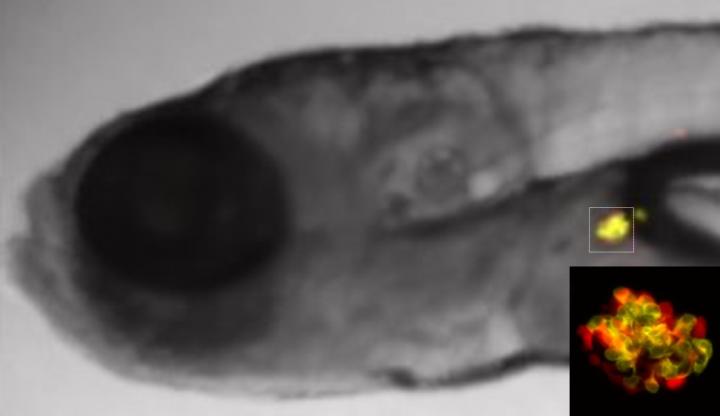Disturbing news for Americans — the percentage of U.S. adults with prediabetes or diabetes is around 52%. The one positive note is that the increase seems to be leveling off.

In 2011-2012, the estimated prevalence of diabetes among U.S. adults was 12 percent to 14 percent and the prevalence of prediabetes was 37 percent to 38 percent, indicating that about half of the U.S. adult population has either diabetes or prediabetes, according to a study in the September 8 issue of JAMA.
The one bright spot is that data from recent years suggests that the increasing prevalence of diabetes may be leveling off.
Diabetes is a major cause of illness and death in the United States, costing an estimated $245 billion in 2012 due to increased use of health resources and lost productivity.
Andy Menke, Ph.D., of Social & Scientific Systems Inc., Silver Spring, Md., and colleagues estimated the U.S. prevalence and trends in diabetes and undiagnosed diabetes using National Health and Nutrition Examination Survey (NHANES) data.
Continue Reading Below ↓↓↓
The researchers included data from surveys conducted between 1988-1994 and 1999-2012; 2,781 adults from 2011-2012 were used to estimate recent prevalence and an additional 23,634 adults from 1988-2010 were used to estimate trends.
The prevalence of diabetes was defined using a previous diagnosis of diabetes or, if diabetes was not previously diagnosed, by (1) a hemoglobin A1c level of 6.5 percent or greater or a fasting plasma glucose (FPG) level of 126 mg/dL or greater (hemoglobin A1c or FPG definition) or (2) additionally including 2-hour plasma glucose (2-hour PG) level of 200 mg/dL or greater (hemoglobin A1c, FPG, or 2-hour PG definition). Prediabetes was defined with certain levels of these markers.
Among the findings:
- In the overall 2011-2012 population, the unadjusted prevalence (using the hemoglobin A1c, FPG, or 2-hour PG definitions for diabetes and prediabetes) was 14.3 percent for total diabetes, 9.1 percent for diagnosed diabetes, 5.2 percent for undiagnosed diabetes, and 38 percent for prediabetes; among those with diabetes, 36.4 percent were undiagnosed.
- Compared with non-Hispanic white participants (11.3 percent), the prevalence of total diabetes (using the hemoglobin A1c, FPG, or 2-hour PG definition) was higher among non-Hispanic black participants (21.8 percent), non-Hispanic Asian participants (20.6 percent), and Hispanic participants (22.6 percent).
- The prevalence of prediabetes was greater than 30 percent in all sex and racial/ethnic categories, and generally highest among non-Hispanic white individuals and non-Hispanic black individuals.
- The percentage of cases that were undiagnosed was higher among non-Hispanic Asian participants (50.9 percent) and Hispanic participants (49 percent) than all other racial/ethnic groups.
- The prevalence of total diabetes (using the hemoglobin A1c or FPG definition) increased from 9.8 percent) in 1988-1994 to 10.8 percent in 2001-2002 to 12.4 percent in 2011-2012 and increased significantly in every age group, in both sexes, in every racial/ethnic group and by all education levels.
The authors note that although there was an increase in diabetes prevalence between 1988- 1994 and 2011-2012, prevalence estimates changed little between 2007-2008 and 2011-2012. “This plateauing of diabetes prevalence is consistent with obesity trends in the United States showing a leveling off around the same period.” (doi:10.1001/jama.2015.10029; http:/media.jamanetwork.com)
This work was supported by a contract from the National Institute of Diabetes and Digestive and Kidney Diseases. The authors have completed and submitted the ICMJE Form for Disclosure of Potential Conflicts of Interest and none were reported.
Source: The JAMA Network Journals











